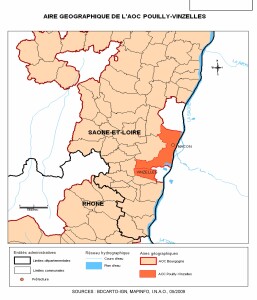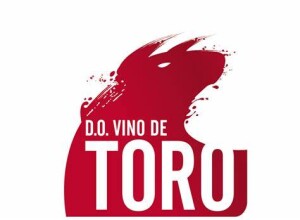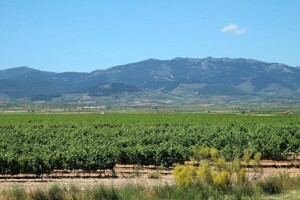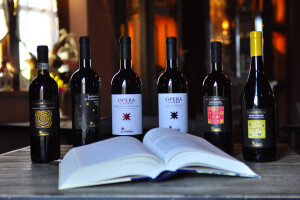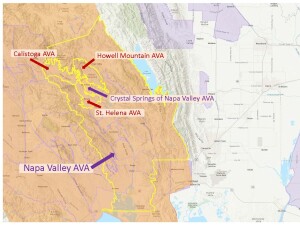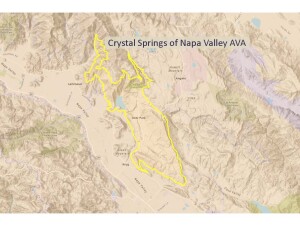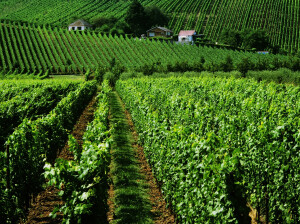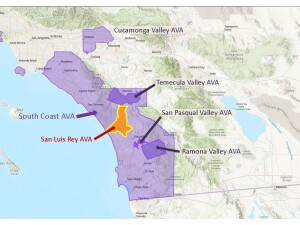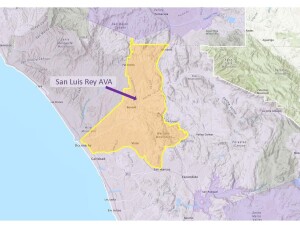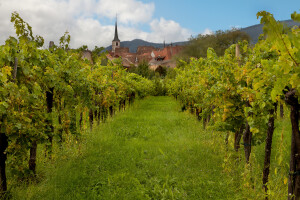As revealed on November 20, 2024—via publication on the website of the INAO and in the Official Journal of the French Republic—three Premiers Crus have been approved and designated within the Pouilly-Vinzelles AOC.
- These new premiers crus are to be known as follows:
- Les Longeays (Pouilly-Vinzelles Premier Cru Les Longeays)
- Les Pétaux (Pouilly-Vinzelles Premier Cru Les Pétaux)
- Les Quarts (Pouilly-Vinzelles Premier Cru Les Quarts)
Located in the Mâconnais sub-region of Burgundy, the Pouilly-Vinzelles AOC is centered around the communes of Vinzelles and Loché, located a few miles southwest of the city of Mâcon—and to the east of its most famous neighbor, Pouilly-Fuissé.
As with all wines produced in the Pouilly-Vinzelles AOC, the newly appointed premiers crus are required to be dry white wines produced with 100% Chardonnay grapes.
- However, in addition to geographic specificity, the premier cru wines must abide by some regulations that are a bit more stringent than the larger, more general Pouilly-Vinzelles appellation. These include the following:
- Premier Cru wines must contain a minimum of 12% abv (as opposed to 11% for Pouilly-Vinzelles AOC).
- Premier Cru wines have a maximum yield of 58 hl/ha (as opposed to 60 hl/ha for Pouilly-Vinzelles AOC).
- Grapes used in Premier Cru wines are required to have a minimum must weight of 195 g/l (as opposed to 178 g/l for Pouilly-Vinzelles AOC).
- Grapes for Premier Cru wines must be manually harvested (with a four-year grace period from 2024).
- Premier Cru wines may not be released before July 1 of the year following the harvest (The wines of the Pouilly-Vinzelles AOC may be released by February 1 of the year following the harvest).
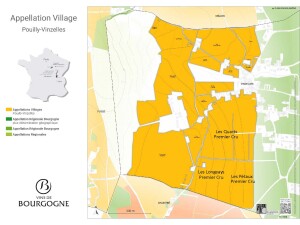
Location of the P-V Premiers Crus within the P-V AOC (base map via the website of Vins de Bourgogne)
Note: as with all such updates, the paperwork is still winding its way through the bureaucratic back offices of the EU. As such, while this update has been approved and announced by the Republic of France (via publication on the website of the INAO as well as the Official Journal of the Republic of France on November 20, 2024), the updated Cahier des Charges has yet to be approved by the EU. In the meantime, the new Premier Cru designations are allowed to be used on the labels of qualified wines. In the unlikely event that the change is not approved by the EU, the decree will be rescinded.
References/for more information:
- Cahier des Charges AOC Pouilly-Vinzelles November 2024
- Brochure on Pouilly-Vinzelles via Wines of Bourgogne
- Map of the Pouilly-Vinzelles AOC via the website of Vins de Bourgogne
Post authored by Jane A. Nickles…your blog administrator: jnickles@societyofwineeducators.org
